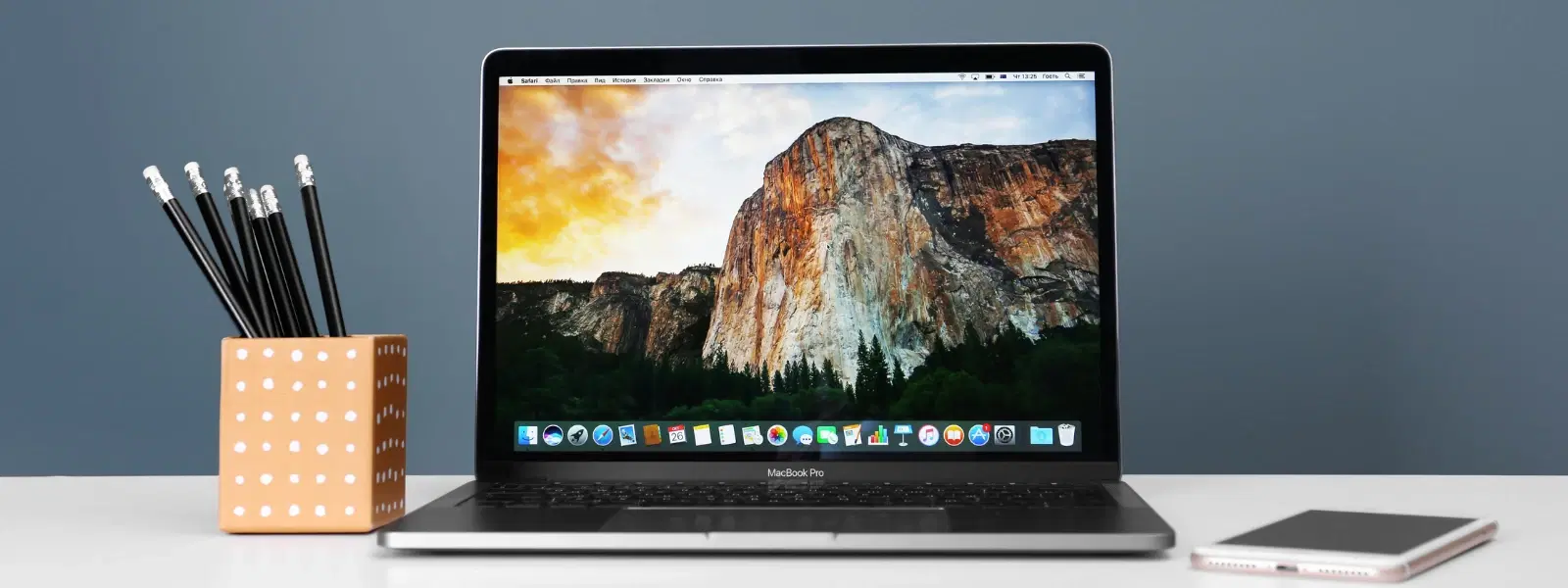
Consumer Electronics
•04 min read
Imagine this scenario: your Mac is showing the wrong time because it’s set to the wrong timezone. Whether you're travelling or troubleshooting, knowing how to change timezone on a Mac is essential to keep your schedule on track and ensure a seamless experience. This quick FAQ guide will walk you through finding and adjusting your Mac's time settings, explaining everything from the basics of Mac date and time settings to advanced troubleshooting options.
Your timezone settings determine how your Mac displays the time, schedules calendar events and syncs with various apps. Incorrect settings can disrupt workflows, meetings and even app functionality. At the heart of these adjustments is the Mac system preferences timezone located within the "Date & Time" section. Additionally, your Mac often relies on the Apple time server (time.apple.com) to keep the time accurate.
Changing your timezone on a Mac is straightforward. Begin by opening System Preferences and navigating to the Date & Time section. Click the lock icon and enter your admin password to unlock settings. Once unlocked, select the Time Zone tab. You can either enable automatic timezone detection or manually set the timezone using the map—an option helpful to adjust Mac timezone when automatic detection fails.
If you experience issues and the automatic detection does not update the timezone as expected, it might be due to disabled location services or connectivity issues. In that case, manually selecting a timezone on your MacBook is the best alternative.
For the more technically inclined, you may also configure timezone on Mac via the Terminal. For example, using the command sudo systemsetup -settimezone [TimeZone] allows you to update time zone Mac settings. Note: This command should only be used by users with administrative privileges; improper use may affect system settings.
If your Mac is still showing the wrong time despite following these steps, there might be several reasons. Common issues include change region settings Mac not matching your actual location, an outdated macOS, or problems relating to the Apple time server. If automatic updates fail, check that your location services are enabled under System Preferences > Security & Privacy > Privacy > Location Services and that your internet connection is stable.
Should time.apple.com continue to cause issues, rechecking and updating your server settings under Mac date and time settings can resolve the problem. This troubleshooting process is essential to fix wrong time on Mac when standard adjustments have not worked. If your Mac time zone is not updating automatically or you need to know how to change timezone in Mac Terminal, these steps can help.
Beyond adjusting your timezone, it's also worth exploring other related settings. For instance, change region settings Mac by navigating to System Preferences > Language & Region. Changing your region not only affects your timezone but also the time format, calendar settings, and even currency symbols, ensuring an optimised experience if you travel or work internationally.
You can also personalise the Mac clock settings in the menu bar, choosing between a 12-hour and 24-hour display, or even adding seconds and date details for more precision.
Insight Corner: The Hidden Role of Region Settings
Did you know that your Mac's region settings not only determine your timezone, but also the default language, calendar type and the formatting of dates and numbers? This small adjustment can make a significant difference in your everyday usage, especially if you frequently travel or coordinate across different regions.
Developers and testers often need to simulate different timezones to see how apps behave globally. This can be done through manual adjustments under Mac system preferences timezone or by using available third-party tools. Additionally, if you use multiple Apple devices, it is important to ensure your synchronization. By using iCloud and enabling the same timezone settings on your Mac, iPhone and iPad, you can be confident that your digital life remains in sync.
If persistent issues occur, consider resetting your Mac’s date and time settings to default. This step realigns all time-related settings and can help eliminate conflicts arising from misconfigurations.
The method is identical across all Mac models. Open System Preferences, go to Date & Time, unlock the settings and select your desired timezone by either using the automatic toggle or manually picking from the map.
This could be due to disabled location services, an unstable internet connection or a temporary glitch with the Apple time server. Check that location services are enabled and that your internet connection is secure to resolve the issue.
Yes. For those comfortable with command lines, open Terminal and use the command sudo systemsetup -settimezone [TimeZone], replacing [TimeZone] with your desired timezone identifier.
First, verify that your timezone and region settings are correctly configured in System Preferences > Date & Time. Then, confirm your Mac is syncing with the Apple time server.
You may try switching to an alternative time server by manually updating the settings in the Date & Time preferences.
Using this guide, you now have a clear understanding of how to change timezone on Mac, adjust Mac timezone and navigate the related settings with confidence. With simple steps and troubleshooting tips, you can keep your device functioning exactly when you need it. Much like shopping smartly on platforms like Tata Neu where ease and convenience are paramount, managing your Mac's time settings is all about ensuring smooth functionality so you can focus on what really matters. When you shop on Tata Neu, not only do you experience seamless service, but you also earn up to 5% in NeuCoins with every purchase. Enjoy the benefits of streamlined operations and remember that every small adjustment adds up to a better digital lifestyle.